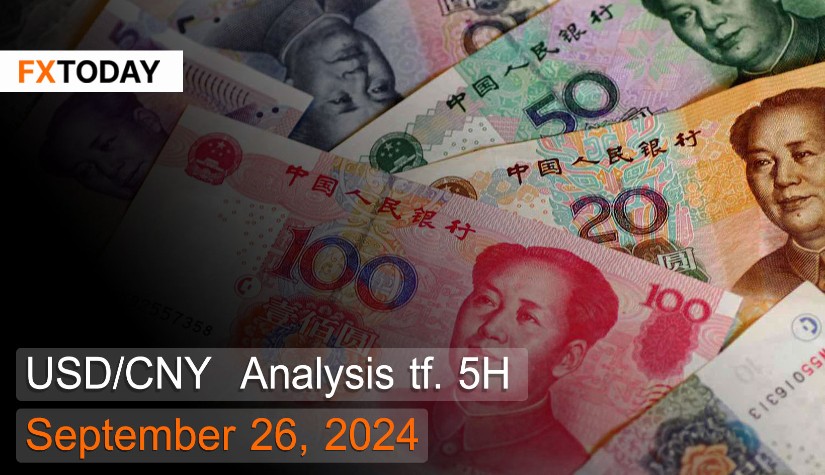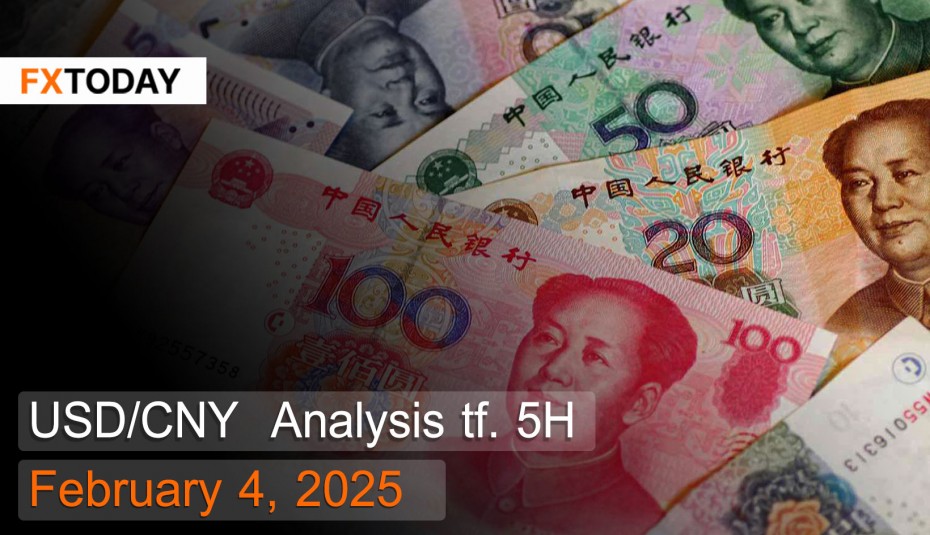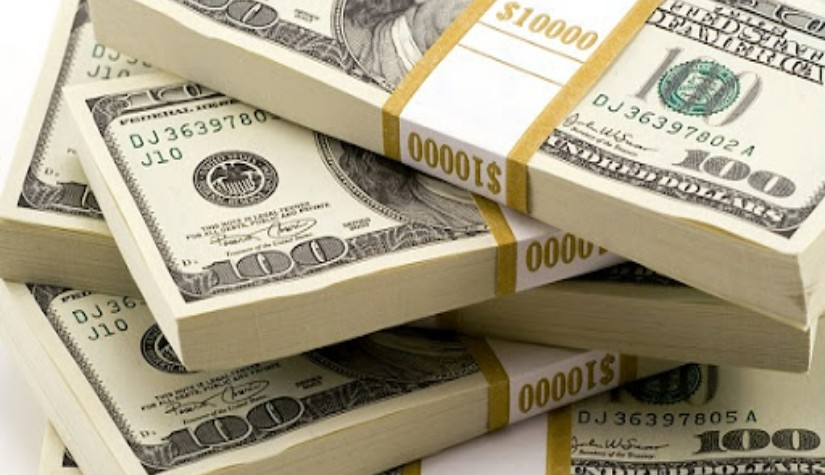China may encourage 1 trillion yuan to stimulate the domestic economy.
The yuan continues to strengthen. This rise is supported by growing investor confidence following reports that additional stimulus measures may be proposed to counter China's economic slowdown. The yuan's strength is also backed by the weakening U.S. dollar due to the Fed's interest rate cuts. However, the current appreciation of the yuan is mainly due to government support, and it remains uncertain how effective this monetary injection will be in boosting the economy.
The People's Bank of China (PBoC) recently cut its medium-term lending facility (MLF) rate by 30 basis points, from 2.3% to 2.0%, on September 25. This followed comments by Governor Pan Gongsheng last week regarding economic support. As a result, the Chinese central bank is expected to introduce broader stimulus measures to restore business confidence within the country. However, China continues to face ongoing economic challenges, including weak domestic demand and deflationary risks, which could further slow household spending on various goods.
Additionally, the upcoming U.S. election is another crucial factor that may affect future trade relations between China and Western countries. The Chinese government is currently considering injecting 1 trillion yuan into state-owned banks to help stimulate the slowing economy. However, this 1 trillion yuan stimulus package could still change, as it is under consideration. The government also plans to distribute aid to the poor and orphans before the upcoming National Day holiday next week to help ease the burden of rising living costs.
Yields on Chinese 10-year government bonds have surged to 2.05%, driven by investor optimism surrounding potential new stimulus measures aimed at halting the country’s economic slowdown. Investors are hopeful that these measures will help achieve the 5% GDP growth target for 2024. However, domestic economic growth still heavily relies on exports of goods and services, making it dependent on external demand as well.
Techical analysis data (5H)
Resistance: 7.0187, 7.0254, 7.0287
Source: Investing.com
Buy/Long 1: If the price touches support in the price range of 7.0054 - 7.0088 but cannot break the support at 7.0088, you may set a TP at approximately 7.0254 and SL at around 6.9988 or according to your acceptable risk.
Buy/Long 2: If the price breaks the resistance in the price range of 7.0187 - 7.0254, you may set a TP at approximately 7.0287 and SL at around 7.0054 or according to your acceptable risk.
Sell/Short 1: If the price touches resistance in the price range of 7.0187 - 7.0254 but cannot break the resistance at 7.0187, you may set a TP at approximately 7.0054 and SL at around 7.0287 or according to your acceptable risk.
Sell/Short 2: If the price breaks the support in the price range of 7.0054 - 7.0088, you may set a TP at approximately 6.9988 and SL at around 7.0254 or according to your acceptable risk.
Pivot point September 26, 2024 09:56 PM. GMT+7
|
Name
|
S3
|
S2
|
S1
|
Pivot Points
|
R1
|
R2
|
R3
|
| Classic | 6.9988 | 7.0054 | 7.0088 | 7.0154 | 7.0187 | 7.0254 | 7.0287 |
| Fibonacci | 7.0054 | 7.0092 | 7.0116 | 7.0154 | 7.0192 | 7.0216 | 7.0254 |
| Camarilla | 7.0093 | 7.0102 | 7.0111 | 7.0154 | 7.013 | 7.0139 | 7.0148 |
| Woodie's | 6.9972 | 7.0046 | 7.0072 | 7.0146 | 7.0171 | 7.0246 | 7.0271 |
| DeMark's | - | - | 7.0071 | 7.0145 | 7.017 | - | - |
















